Rose breeds deterioration?
intris
11 years ago
Related Stories

GARDENING GUIDESWhat Kind of Roses Should You Grow?
Want to add the beauty of roses to your garden? Find out which ones, from old-fashioned to modern, are right for you
Full Story
GARDENING GUIDESGreat Design Plant: Sally Holmes Rose
This simple yet versatile climbing rose grows vigorously all year; plant now for abundant spring and summer blooms
Full Story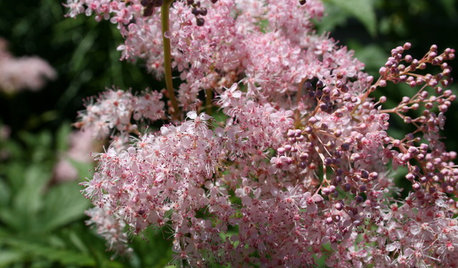
GARDENING GUIDESGreat Design Plant: Discover Queen of the Prairie's Sweet Aroma
If you like the look of cotton candy and the smell of roses and want an easy perennial, you're in luck with this plant
Full Story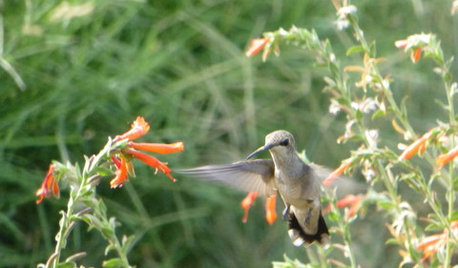
GARDENING GUIDESSweet Serendipity: Opening to Happy Garden Discoveries
Unplanned nature scenes can be unbelievably beautiful; you just need to know how to look
Full Story
GARDENING GUIDES8 Plants That Snobs Love to Hate — and You'll Love to Grow
Don't dismiss these common annuals, perennials and shrubs — there are reasons they've been popular for so long
Full Story
HOUZZ TVHouzz TV: This Dream Midcentury Home in a Forest Even Has Its Own Train
Original wood ceilings, a cool layout and, yes, a quarter-scale train persuaded these homeowners to take a chance on a run-down property
Full Story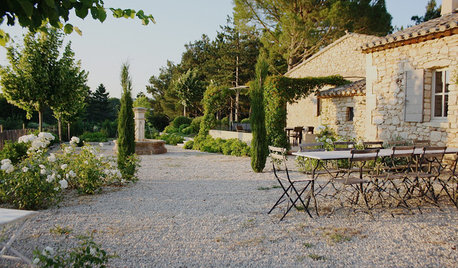
TRADITIONAL HOMESMy Houzz: A Centuries-Old French Estate Charms Again
Time and local artisans help a couple realize an idyllic French country retreat — and you can rent it
Full Story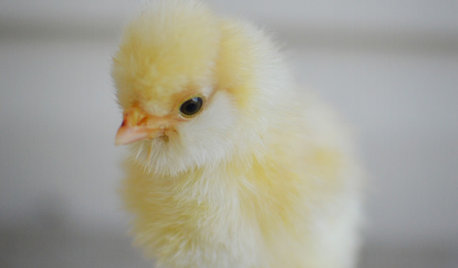
PETSWhat You Need to Know Before Buying Chicks
Ordering chicks for your backyard coop? Easy. But caring for them requires planning and foresight. Here's what to do
Full Story
BATHROOM DESIGN8 Elements of a Traditional-Style Bathroom
Evoke the past with furniture-like cabinetry, period-look lighting, ornate details and calming colors
Full Story
FLOWERSLessons from Monet's Garden
See how to bring the impressionist painter's vision to life in your own landscape with these flower choices and garden design ideas
Full StoryMore Discussions






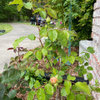
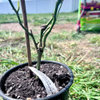
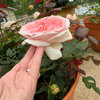
jacqueline9CA
jerijen
Related Professionals
Essex Landscape Architects & Landscape Designers · Fort Lee Landscape Architects & Landscape Designers · Richmond Heights Landscape Architects & Landscape Designers · Surprise Landscape Contractors · Beverly Hills Landscape Contractors · Hilton Head Island Landscape Contractors · La Vista Landscape Contractors · Marlborough Landscape Contractors · Mashpee Landscape Contractors · Mason Landscape Contractors · Palm Beach Gardens Landscape Contractors · South Hackensack Landscape Contractors · Sugar Hill Landscape Contractors · Vermilion Landscape Contractors · Raytown Landscape ContractorsintrisOriginal Author
kittymoonbeam
lola-lemon
jerijen
catsrose
AquaEyes 7a NJ
lola-lemon
AquaEyes 7a NJ
lola-lemon
catsrose
lola-lemon
roseseek
windeaux
intrisOriginal Author
Tessiess, SoCal Inland, 9b, 1272' elev
lola-lemon
zack_lau z6 CT ARS Consulting Rosarian
User
roseseek
lola-lemon
roseseek
bluegirl_gw